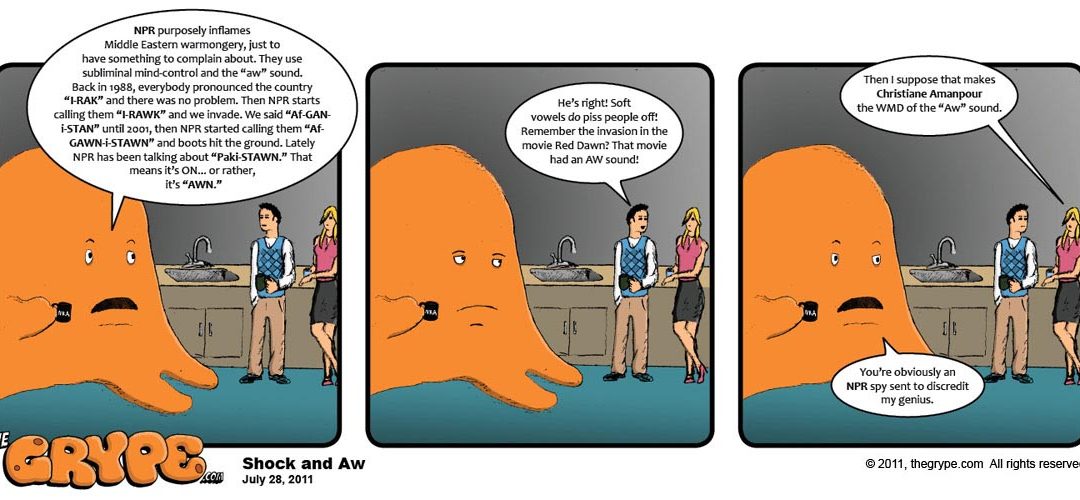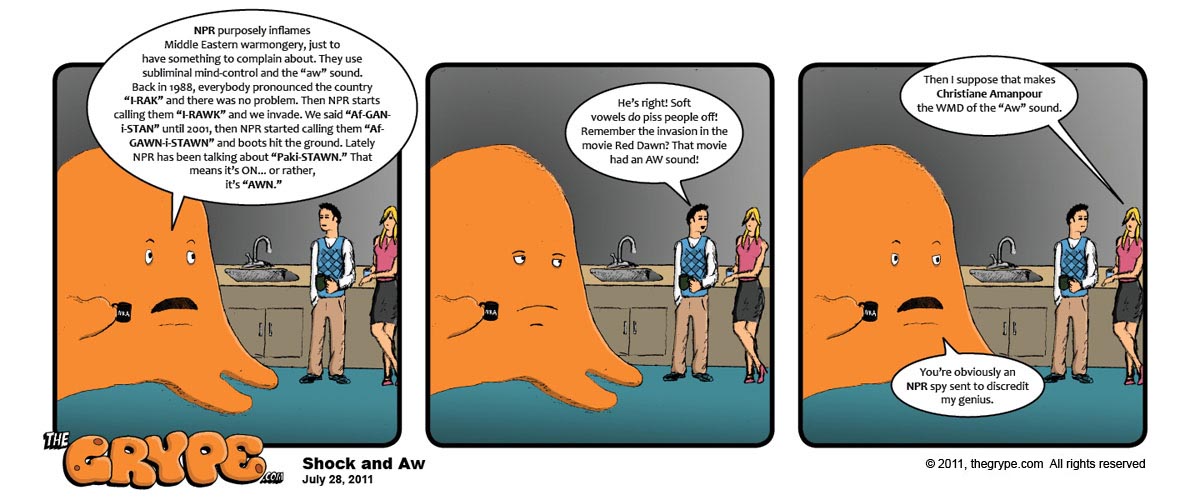Middle management is a dangerous game. Not “The Most Dangerous Game,” which is a famous short story written in 1924 in which a fictional protagonist is pursued across a deserted tropical island by a sadistic Big Game Hunter— but a dangerous game nonetheless.
Hmmm. Okay, so maybe the two things are somewhat alike: being a hapless employee who unwittingly becomes the subject of some upwardly-angling middle manager’s personal attempts at self-aggrandizement in the eyes of the suits upstairs DOES share certain similarities with being hunted through a steamy mosquito-infested jungle by a heavily-armed homicidal maniac. And no matter how hard the employee tries to keep his nose to the grindstone and plow through the daily work list, the aforementioned middle manager hovers in the background, snooping over the employee’s shoulder, decreeing impromptu “motivational meetings” and demanding additional (time-consuming) progress reports on every aspect of the employee’s work. Tedious? Absolutely. Frustrating? Yes, incredibly so. There must be a reason why otherwise mild-mannered workers occasionally bring loaded assault rifles to the office with them, this scenario being a prime suspect.
Nor is middle management immune to the predations of higher corporate carnivores. Their paranoia is often justified. For the middle manager too-often finds himself stuck in the precarious position of being potentially-disposable, non-essential personnel. The company will always need someone to turn the wrench that keeps the machinery running, nor can it function without the services of the lowly minimum-wager who tightens the screw to install the spring to attach the doohickey that gets bought by the consumer to keep the money rolling in. But whether a company actually needs a dozen middle managers to run efficiently, or if it can save a lot of money and squeak by with half that many: that question chills the spines of middle managers everywhere. In the business world the balance sheet is the sacred scripture upon which the inviolable bottom line shalt be writ. When there is too much red ink in the ledgers, the hammer must fall in the form of the dreaded fiscal jihad otherwise known as “Corporate Downsizing.”
When the Faecies Excreta strikes the Rotary Oscillator, Newton’s Third Law of Motion dictates things will get messy… and it’s usually the white-collared ranks of generic middle management who are first to fall before the sweeping, job-terminating scythe of the dreaded Management Analysis Consultant.
The biggest mistake being made among corporate management in areas of efficiency analysis is the logical fallacy “cum hoc ergo propter hoc,” also known as “Correlation does not imply causation.” That error occurs when one makes a faulty assumption that correlation between two variables implies that one CAUSES the other. Just because business is suffering in a particular department does NOT mean that the workers in that department are automatically to blame. Maybe; but not absolutely. Sometimes the problem goes deeper than that and the lines of culpability lead in improbable directions; even all the way to the top of the ladder. As Sherlock Holmes was fond of saying, “When you have excluded the impossible, whatever remains, however improbable, must be the truth.”
Of course… if your middle managers are too busy playing back-office suck-up games intended to boost them up the corporate ladder, not only might that negatively effect the productivity of those whom they are supposed to be managing, it could have other far-reaching consequences. To solve a serious problem, one must sometimes be willing to look past the obvious and dig for the real solution. And as everyone knows, you can’t spell analysis without “anal.”


